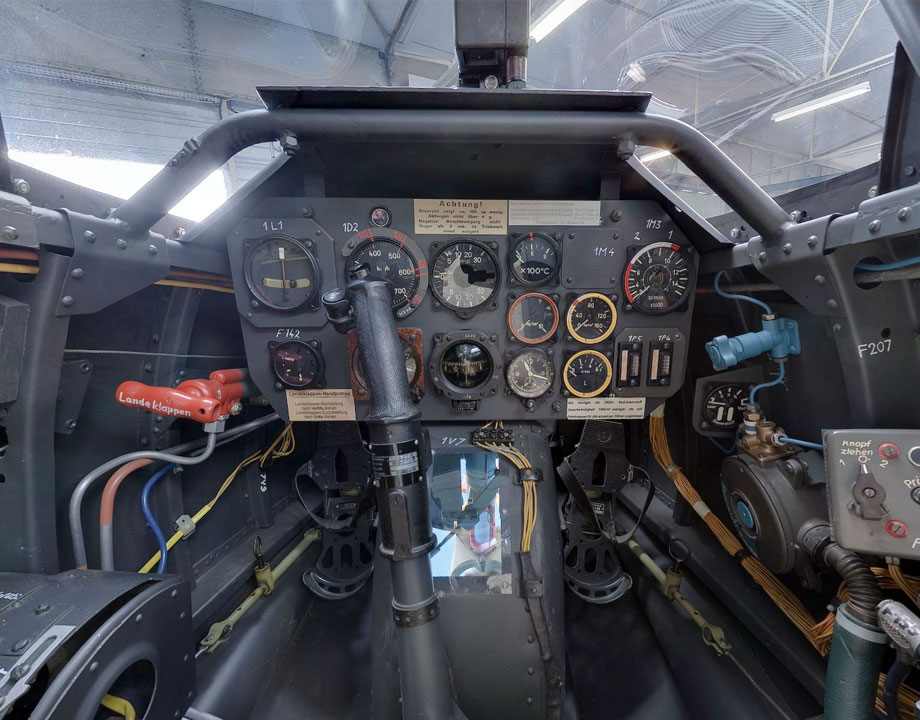Hello Smilo,
Nice to hear from you - I hope you are well!
Thanks for your motivating answer - OK, so I´ll proceed with the tweaking and the upload.
Despite "only" being a jet, it is, however, quite a curious bug. It has a single-spool Turbojet, and apparently that means that Power read-out is given by the N2 output RPM. Thus, I modified the default FS Bell Helicopter RPM gauge and put in the red "keep out" RPM zones. Further, I modified the bitmaps of some other gauges and also found some BMW gauges, and it adds atmosphere.
For want of other older-looking metric gauges, I had do make do with what there is - Knots instead of Kph, and have provided a panel which looks like but is not the same as the original.
The jet engine parameters have also been tweaked for the different RPM values to give more realism.
I´m working a some bleedthrough issues, and I hope to upload the model soon.
It´s quite a performer, and should be fun to fly.
AND: It shoots too!!
Cheers,
Aleatorylamp





 Reply With Quote
Reply With Quote



 ), but I will answer you back as soon as I can.
), but I will answer you back as soon as I can.
 !
! 




Bookmarks